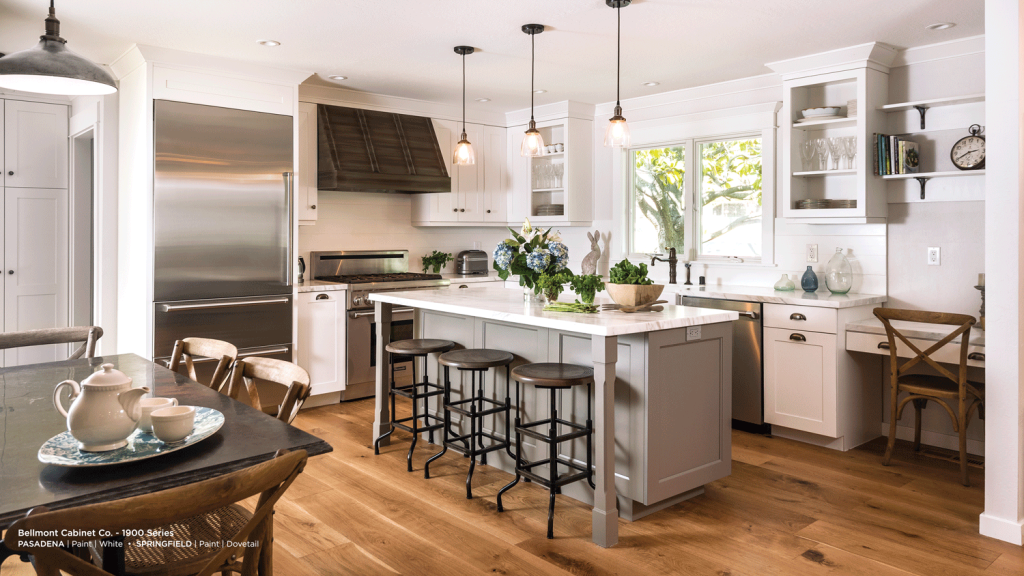Shiplap has become the craze from the do-it-yourself fixer uppers to the luxurious home renovation if not in the western side of the world. And the popularity is gaining in other parts of the world as well. The term shiplap wasn’t coined by Fixer Upper giants, Chip and Jo. It wasn’t invented by them, but we can miss the fact that their show paved the way for this ignored product of the past to come back in the interior design world.
Most likely, you already know a lot about shiplap, that’s why you’re intrigued to read this article. Trying to find what else you don’t know about. Or you scoured the internet wondering what shiplap is? Where have you been?
Don’t get discouraged, this article is for the newbie and the shiplap veteran. I think we can all be entertained, so sit back and sip your favorite sweet or unsweetened tea.
WHAT IS SHIPLAP?
Well, Shiplap was originally used for the exterior of a home, barn or shed. It’s made of wood like pine or inexpensive type of wood.
According to Wikipedia:
“Shiplap is either rough-sawn or milled pine or similarly inexpensive wood between 3 and 10 inches wide with a rabbet on opposite sides of each edge.[1] The rabbet allows the boards to overlap in this area. The profile of each board partially overlaps that of the board next to it creating a channel that gives shadow line effects, provides excellent weather protection and allows for dimensional movement.”
- SHIPLAP IS NOT TONGUE & GROOVE or JUST ANY WOOD PANELING – Most of you will find the a tongue and groove wood paneling on your home may be shiplap. Or if you uncover a wide horizontal flat wood siding on your home, you can immediately think it’s a shiplap. Shiplap’s characteristics is different from a tongue and groove style wood that you can find on floors or other types of wood panels. Shiplap has a rabbet, about 3/8 to 1/2 inch on both sides. The rabbet basically allows the board to self-space by itself and keep water or moisture from coming in.
- SHIPLAP CAME FROM THE WORD SHIP – Yes, that’s right. Shiplap style was coined because because it was inspired by the overlapping wood planks used on ships called “lapstrakes” to create a watertight seal. Popular in the maritime industry all the way to the Vikings era, the rabbet joint on opposing sides creates a seal that will prevent moisture.
- SHIPLAP WAS ORIGINALLY FOR EXTERIOR USE – Shiplap was used originally for exterior siding of homes. It was used as a sheathing or protective covering between the exterior and framing. It provides insulation and a flat surface for the wall paper.
- SHIPLAP BECAME POPULAR AGAIN BECAUSE OF FIXER UPPER – While there are hundreds or thousands of designers and contractors who are very familiar with shiplap and has been using it for quite sometime before Fixer Upper became popular, you can’t just think of shiplap without thinking about the couple Chip & Joanna who paid honor to this house material. We love Chip & Jo!
- SHIPLAP WORK ALMOST ANYWHERE IN YOUR HOUSE – Yes, it can work in bathroom, living room and even on your ceiling. Shiplap is a great way to cover up textured walls (if you bought that house that’s textured throughout). When installed vertically, it can make the house feel high and if horizontally, it can make the room feel open. If you are using shiplap in your bathroom, make sure you seal it with a marine polyurethane to withstand the moisture.

